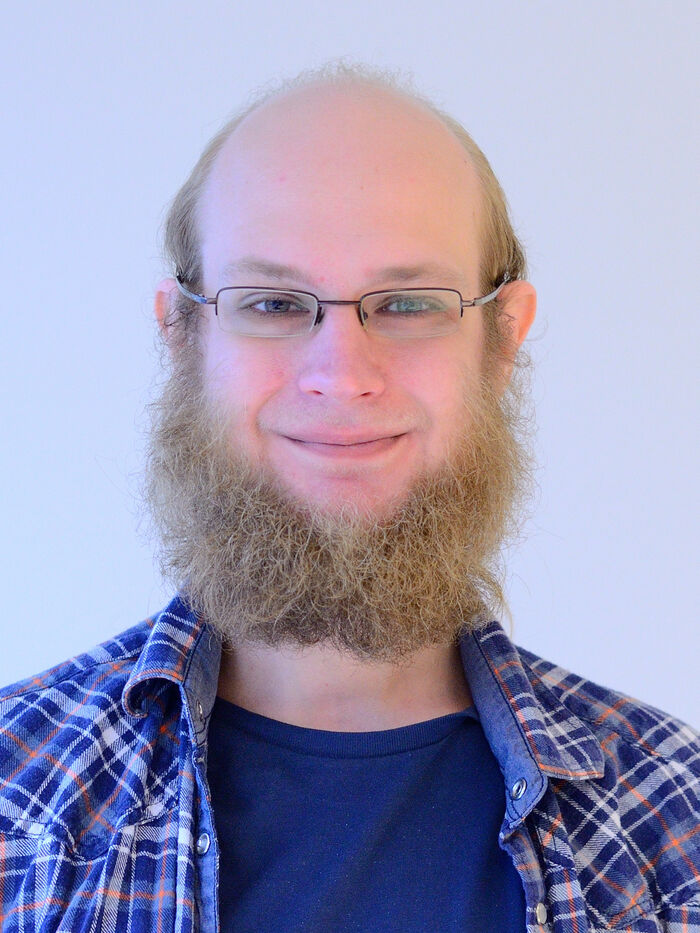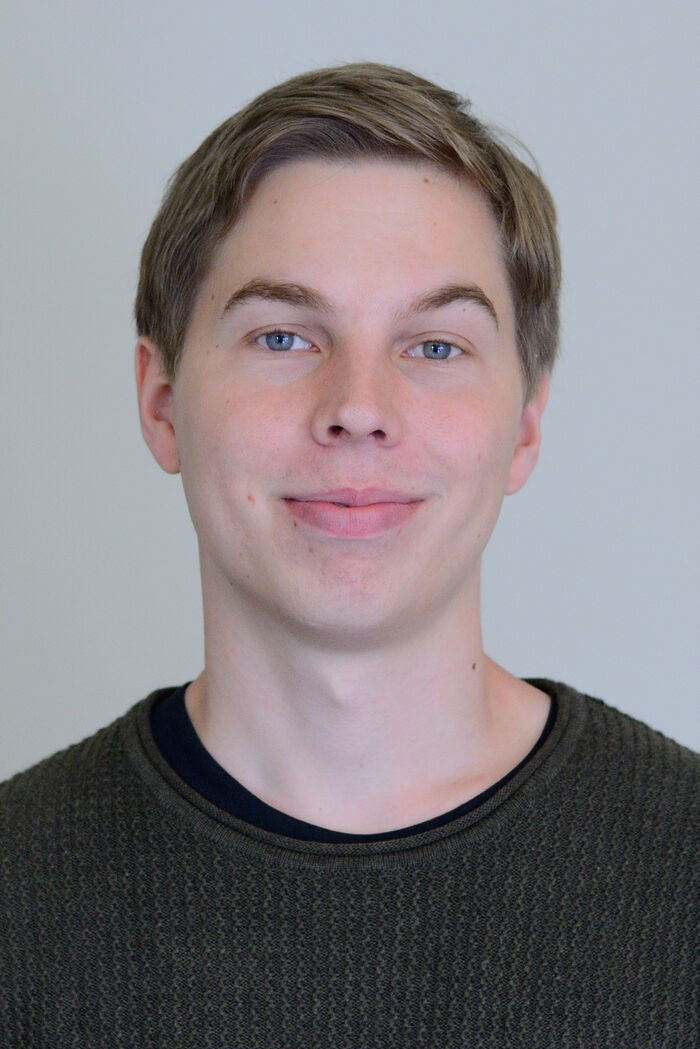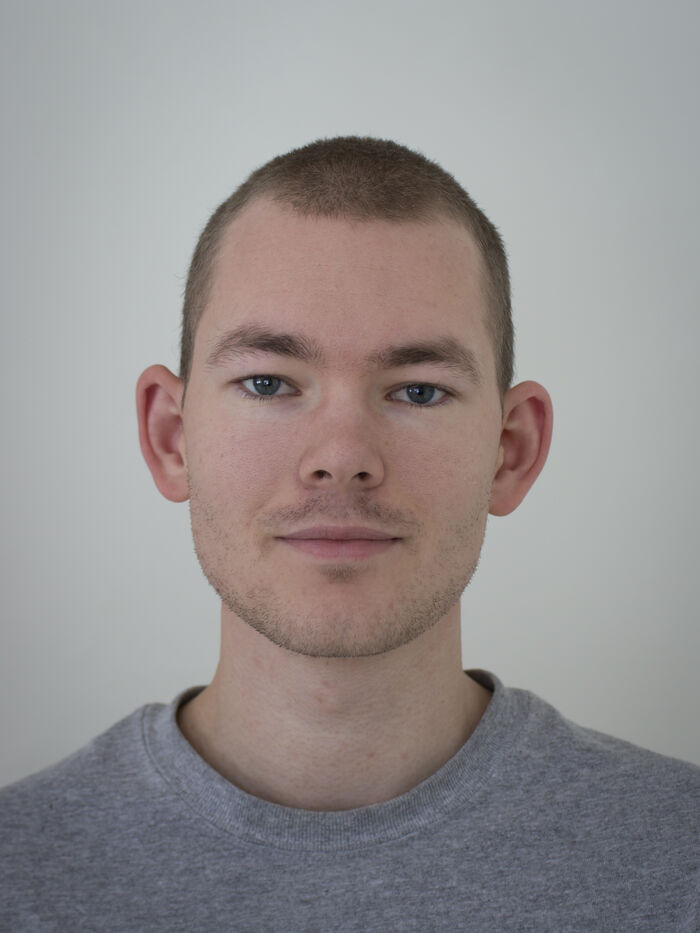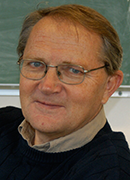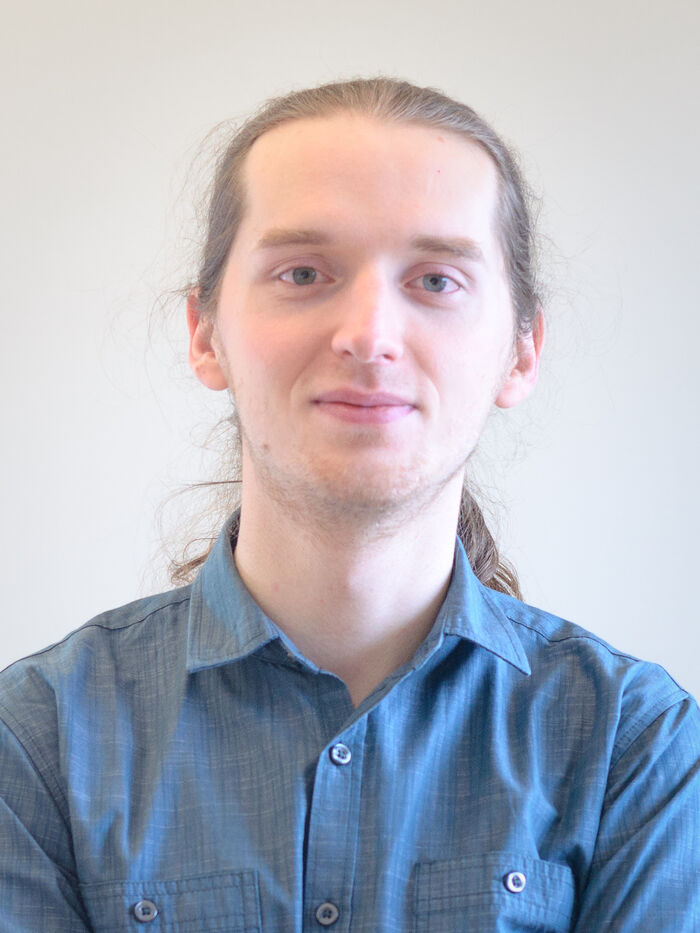Tidlegare gjesteforelesninger og seminarer - Side 12
Rubinur Khatun, Postdoctoral Fellow at Institute of Theoretical Astrophysics, University of Oslo.
QOMBINE seminar by Snorre Bergan (UiO)
By Ludovic Orlando, University of Toulouse, France (Notice the time!)
Atul Mohan, Postdoctoral Fellow at Rosseland Centre for Solar Physics, University of Oslo.
The Section 4 seminar for the Autumn of 2022 will be held on Thursdays from 10:15–12:00 (see the schedule)
By Craig R. Primmer from the University of Helsinki, Finland
Thore Espedal Moe, PhD fellow of Rosseland Centre for Solar Physics (RoCS), University of Oslo.
Consider the singularity C^4/(Z/2), where Z/2 acts as the matrix diag(-1,-1,-1,-1). This singularity is special, in that it does not admit a crepant resolution. However, it does admit a so-called noncommutative crepant resolution, given by a Calabi-Yau 4 quiver. The moduli space of representations of this quiver turns out to share a lot of similarities with moduli spaces of sheaves over Calabi-Yau fourfolds, and it turns out that we can reuse techniques from studying moduli of sheaves to define and compute invariants of this moduli space of representations. In this talk, I will explain how these invariants can be defined, and give conjectures about the forms of these invariants. This talk is based on joint work with Raf Bocklandt.
The Thoralf Skolem Memorial Lecture 2022
by prof. Holger von Wenckstern
Department of Physics, UiO
Øyvind Christiansen, PhD student at Institute of Theoretical Astrophysics, University of Oslo.
QOMBINE seminar talk by David Jaklitsch (Hamburg)
Ingeborg Gjerde (Simula Research Laboratory) presents joint work with Ridgway Scott (University of Chicago).
Abstract: Airflow around airplane wings is characterized by a wide range of flow scales, making it highly challenging to capture numerically. From a simulation viewpoint, the following questions are still being actively investigated: Why do airplanes fly? Can one reliably simulate the lift and drag of an airplane wing? In this talk, I will provide no good answers to these questions. Instead, I want to talk about some interesting results I've stumbled into tangentially, including:
- (Nonlinear) kinetic energy instability analysis, also referred to as Reynolds-Orr instability
- Slip boundary conditions and their connection to D'Alembert's paradox
- Stokes' paradox and its connection to weighted Sobolev spaces. I will show numerical results computed for flow around a cylinder, which serves as a proxy for flow around an airplane wing. In particular, I will talk about the impact of the friction boundary condition on the drag force and flow stability. Finally, I will comment on how these results might be interpreted in view of: New Theory of Flight, J. Hoffman, J. Jansson, C. Johnson (2016), Journal of Mathematical Fluid Mechanics.
Lars Frogner, PhD fellow of Rosseland Centre for Solar Physics (RoCS), University of Oslo.
Maksym Brilenkov, PhD student at Institute of Theoretical Astrophysics, University of Oslo.
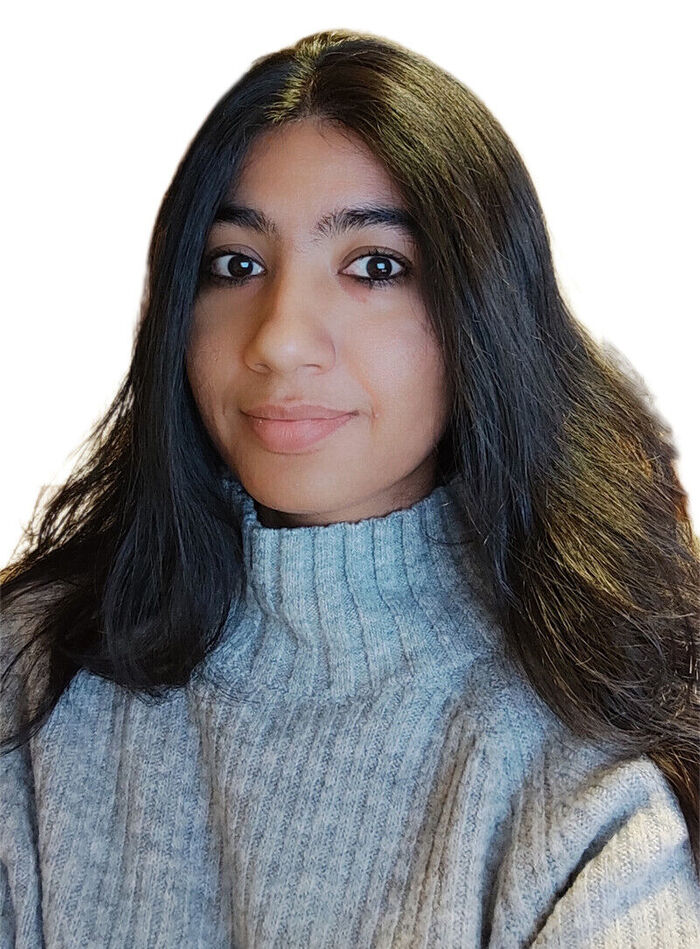
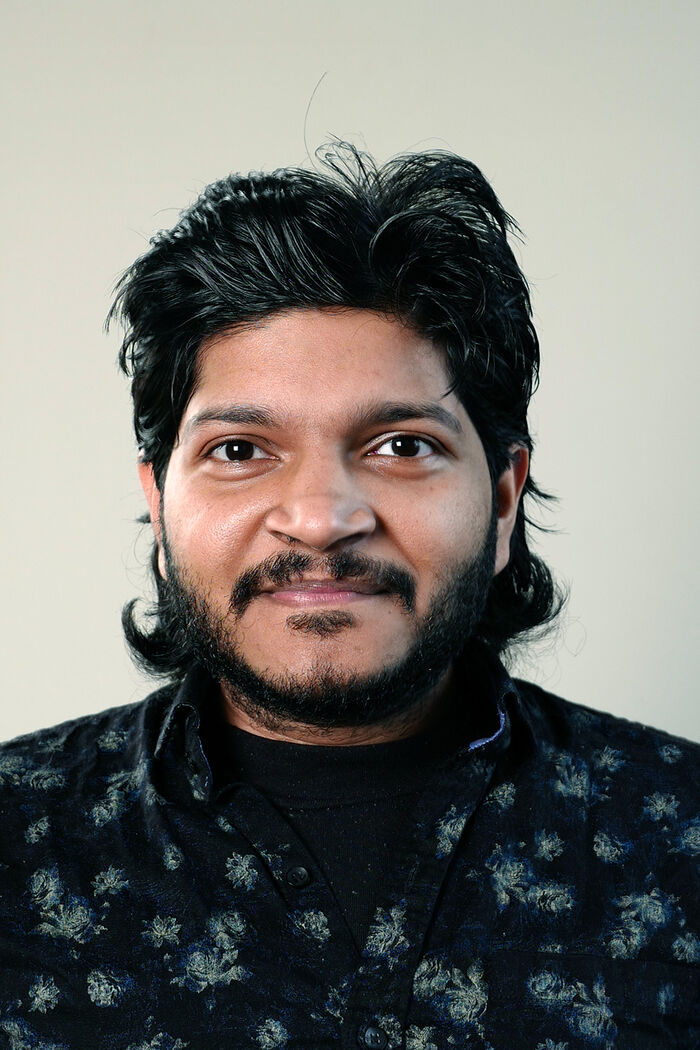

.jpg?alt=listing)
